World Pneumonia Day is celebrated on November 12th, along with COP 26 – the UN Climate Change Conference to tackle together health and air quality. Almost a third of all pneumonia deaths were attributable to polluted air. This World Pneumonia Day, ‘Every Breath Counts’ is calling on governments to take action to reduce air pollution-related pneumonia deaths.
On a global level, pneumonia kills around 900,000 children in the world every year. According to the World Health Organization (WHO), one in three deaths in India is caused by pneumonia. Pneumonia in India is the leading cause of infant deaths. Every year almost 200,000 children under five die of pneumonia in India.
On the occasion of World Pneumonia Day, we at Medicircle are conducting an exclusive awareness series wherein we will be featuring experts in this field to understand and create more awareness about Pneumonia.
Dr. Sonam Solanki is a consultant chest physician in Bhatia Hospital, Masina Hospital, and Wockhardt Hospital. She is an experienced reputed doctor and associated with many prestigious health organizations. She specializes in tuberculosis, sleeps medicine, asthma, COPD, and bronchoscopy. She has expertise in pulmonary function testing (including body plethysmography and diffusion testing), pleural fluid aspiration, closed pleural biopsies, bronchoscopy (TBLB, TBNA), and sleep study.
All you need to know about pneumonia
Dr. Sonam Solanki says, “Pneumonia is an infection of lungs, especially in air sacs. There is a windpipe in the lungs that spread and branches into alveolar sacs in the lungs. When there is an infection in the lung parenchyma, it is called pneumonia.
The categories of pneumonia based on causative agents are -
Bacterial pneumonia Virus pneumonia Fungal pneumonia Parisitial pneumonia
The categories of pneumonia based on severity are as follows-
Mild Moderate Severe.”
Tell-tale signs of pneumonia
Dr. Sonam Solanki informs,” The signs of pneumonia are -
Upper airway infection Fever Cough - dry or wet Cold Phlegm Brown and green color sputum Chest pain Breathlessness Progressive symptoms.”
The difference in pneumonia, asthma, and tuberculosis
Dr. Sonam Solanki informs,” The common symptoms of pneumonia, asthma, and tuberculosis are
Cough Fever Breathlessness In pneumonia, there is the presence of patches and opaqueness in Xray which shows lung pneumonia or lobar pneumonia Tuberculosis is caused by mycobacterium and slow-growing history of low-grade fever with weight loss and cough. However, breathlessness is caused in an advanced stage of Tb. Tb bacteria is detected in sputum examination with a specific pattern in X-ray and MRI. Asthma is genetic with seasonal cough while on other hand Xray is normal in asthma with no fever and history. There is characteristic wheezing in asthma patients. Pneumonia and Tb are infectious and spread from one person to another while asthma is noninfectious.
Treatment for pneumonia
Dr. Sonam Solanki informs,” The treatment for pneumonia is based on infection-
Community-based pneumonia Hospital-based pneumonia Ventilator based pnuemoniaThe antibacterials and antibiotics are given accordingly based on infection.
There are other ways of giving treatment for pneumonia-like -
High-risk cases - with more than 65 +years of age need more supportive care with hospitalization. The treatment for pneumonia is -
Antibiotics
Supportive care
Home management
Ward management
ICU management.”
Prevention of Pneumonia
Dr. Sonam Solanki informs,” The prevention measures are -
Wear a mask Less contact with other people to control infection Well ventilated spaces Hydration Nutrition Vitamin D levels Vaccines for flu to control pneumonia Comorbidity like HTN, DM Control smoking, and alcohol.”
(Edited by Dr.Rati Parwani)

 Dr. Sonam Solanki gives important tips on treating and preventing pneumonia. It is important to approach your doctor for cough fever and breathlessness at right time. She also gives the difference between pneumonia, tuberculosis, and asthma. Her way of treating and approaching pneumonia is completely professional
Dr. Sonam Solanki gives important tips on treating and preventing pneumonia. It is important to approach your doctor for cough fever and breathlessness at right time. She also gives the difference between pneumonia, tuberculosis, and asthma. Her way of treating and approaching pneumonia is completely professional










.jpeg)

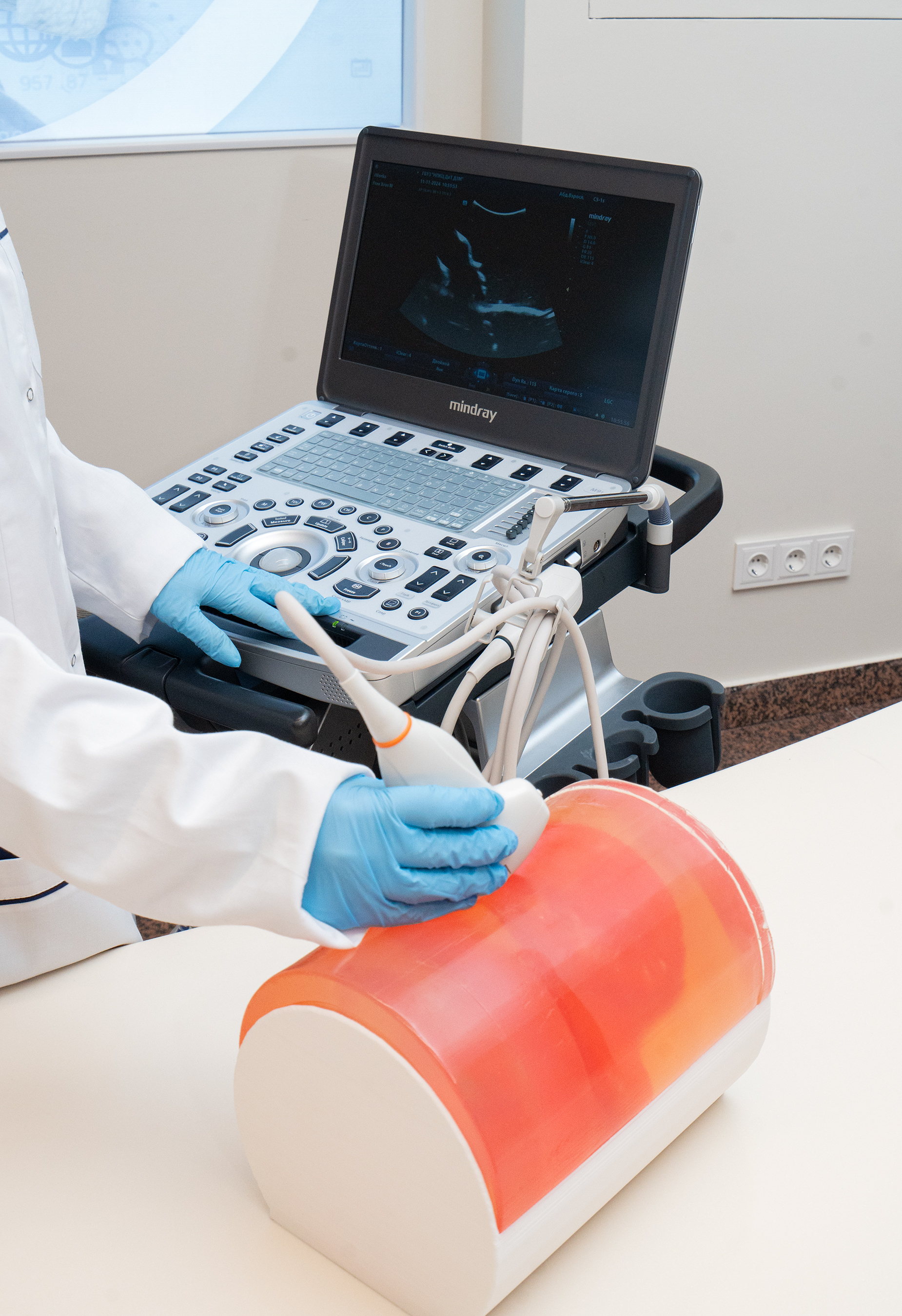

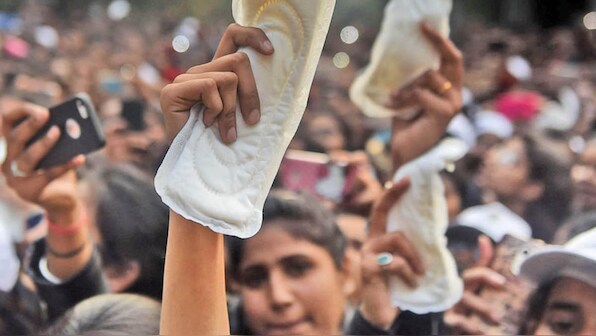
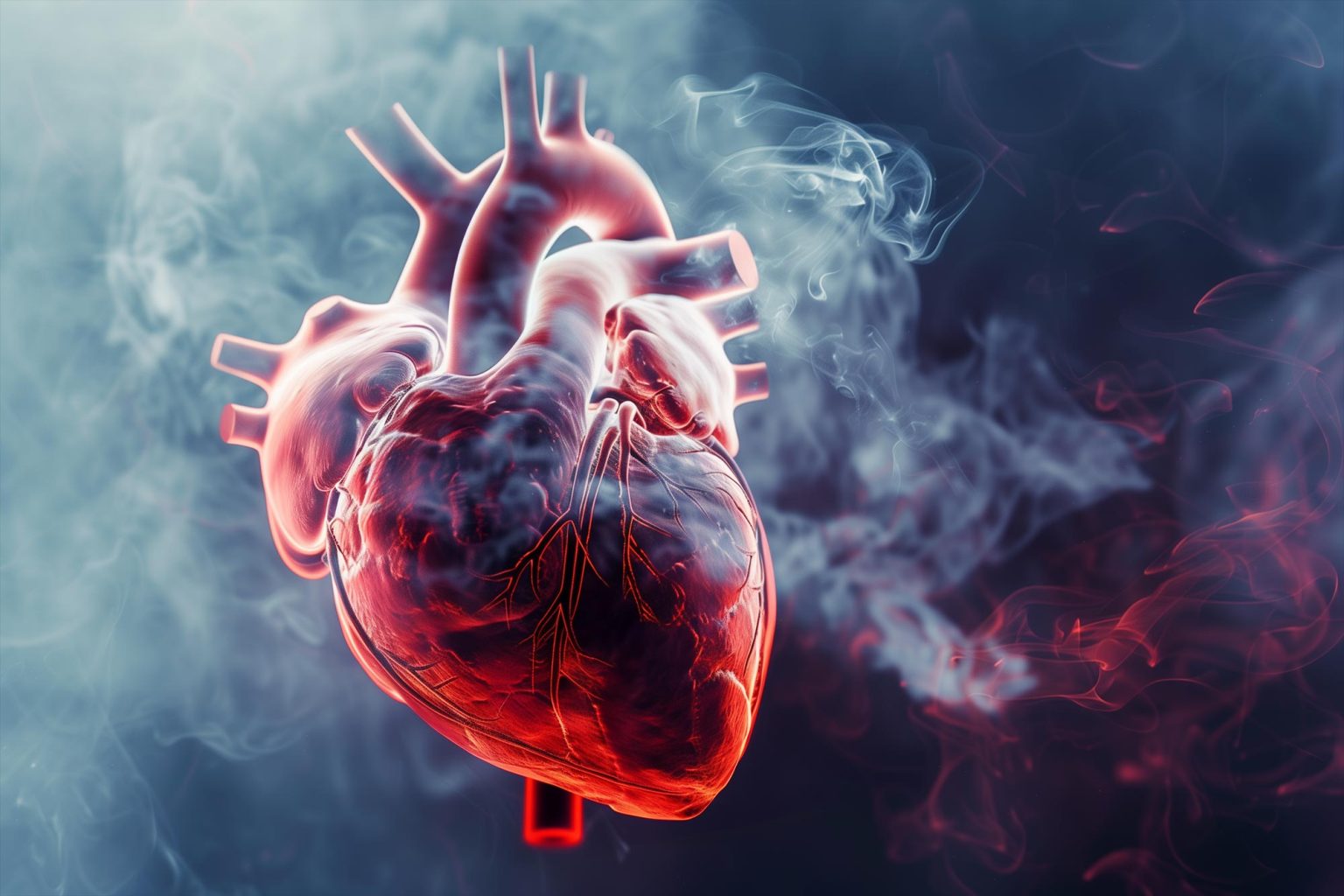

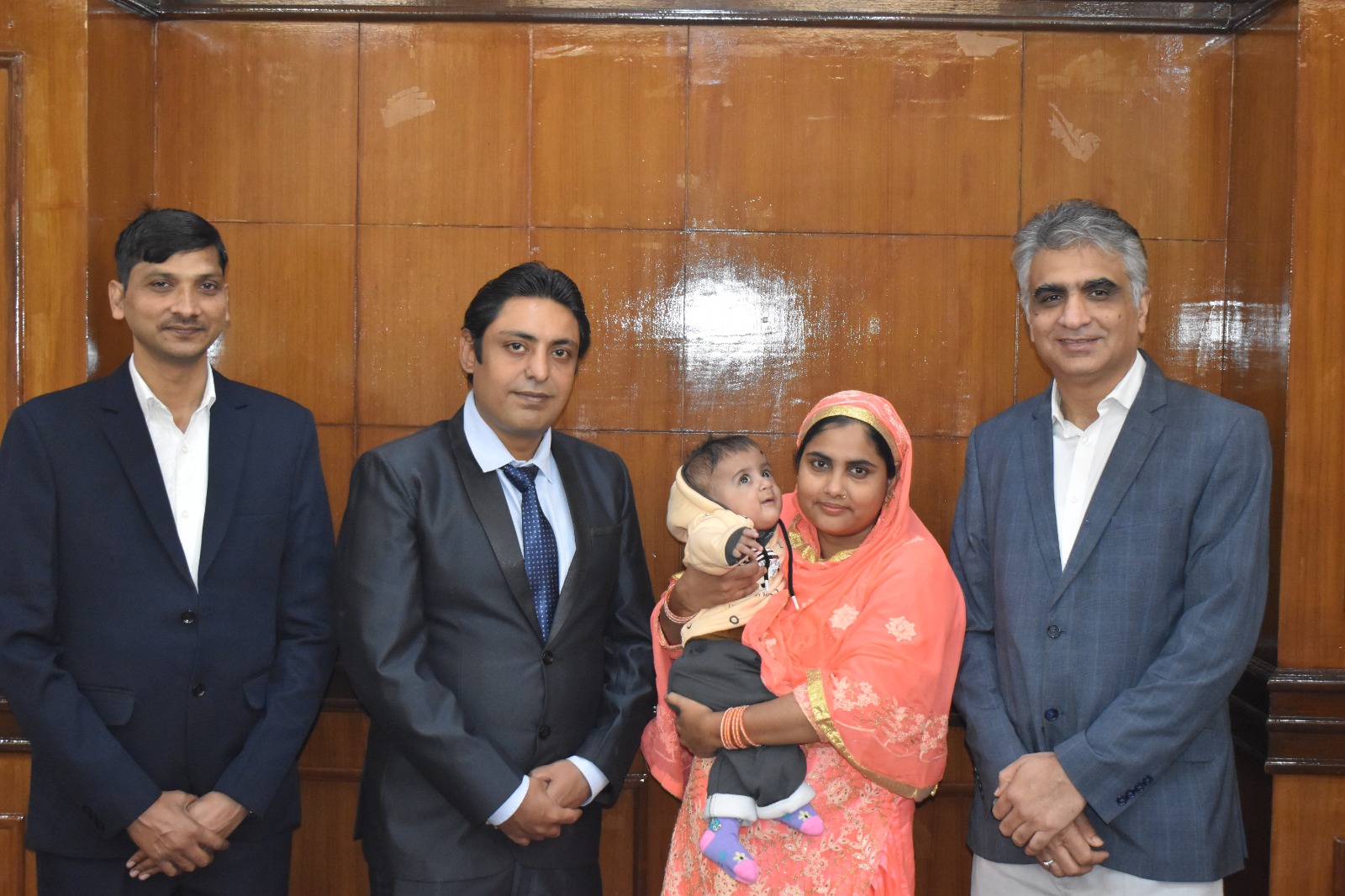
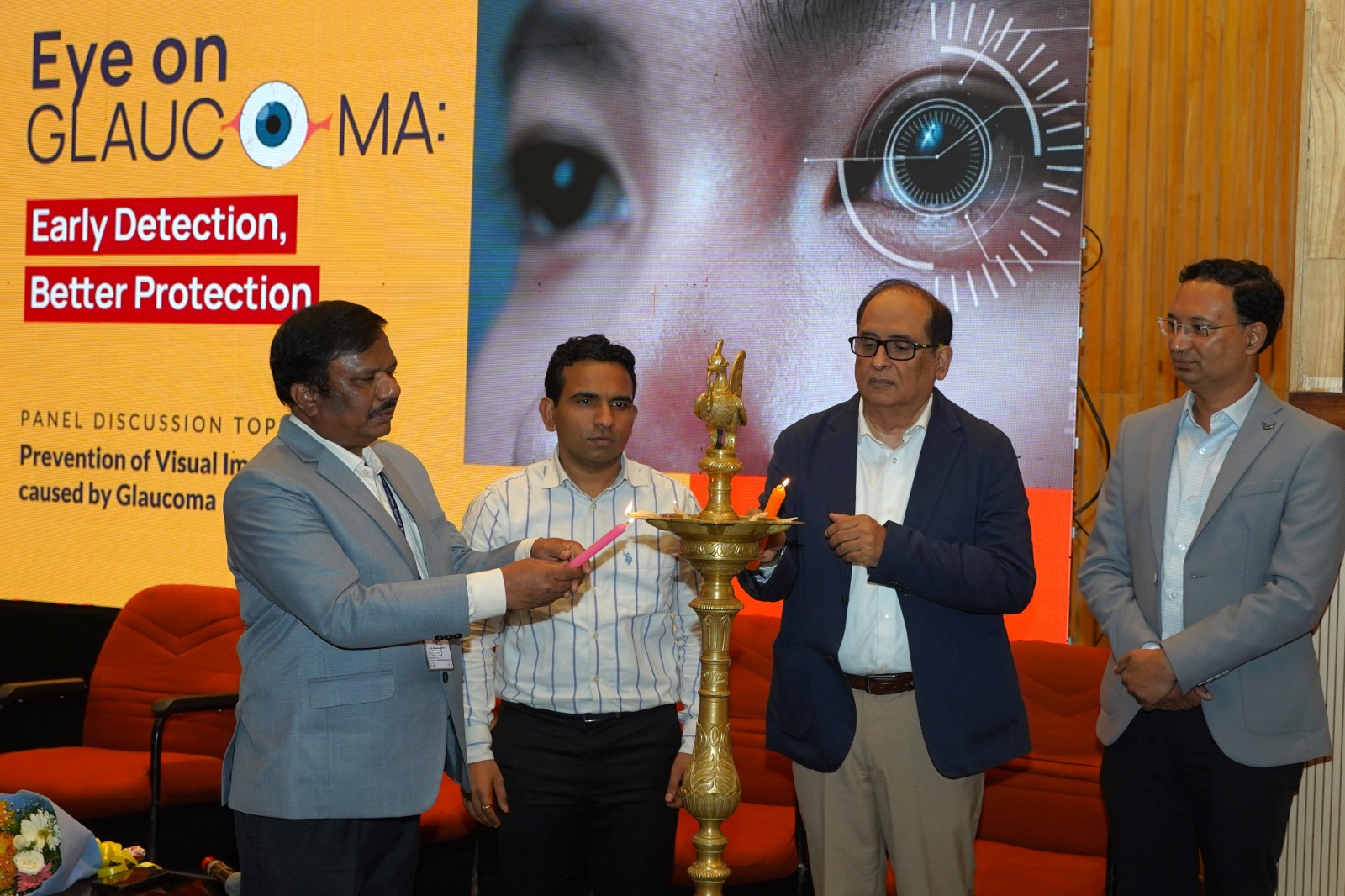
.png)
.png)

.png)
.png)
.png)

.png)
.png)
.png)

.png)
.png)